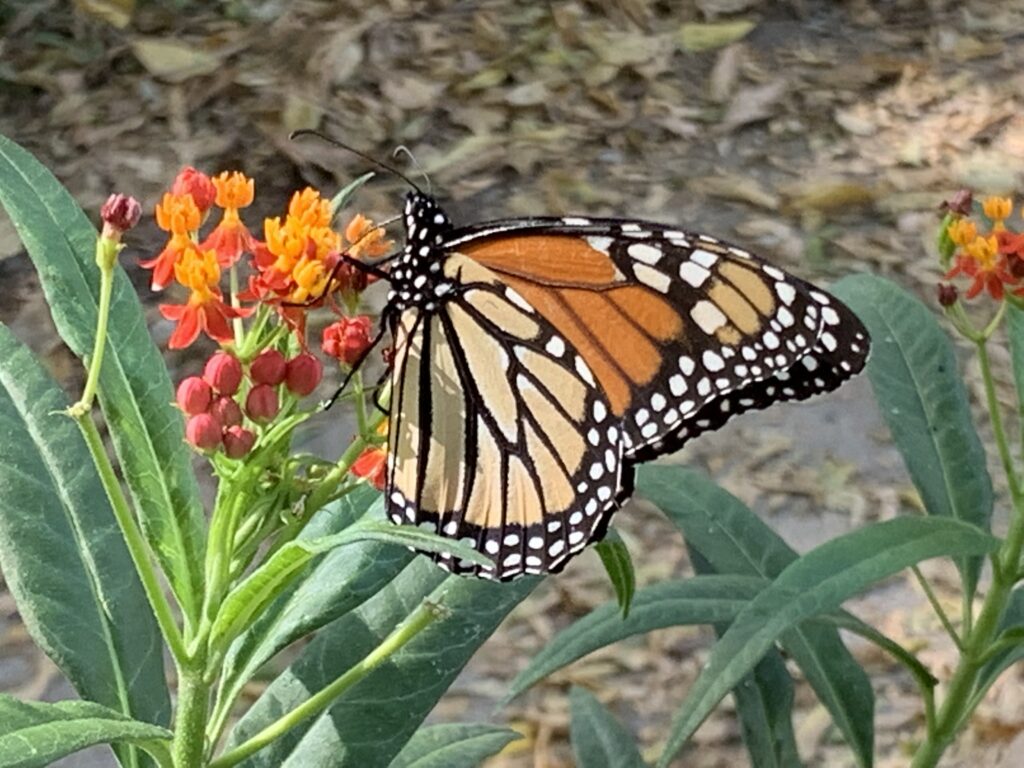
It takes many nutrients for a plant to grow from from seed to bloom.
With the cooling of temperatures, fall is a great time to fertilize your plants. But all fertilizers are not created equal, and you only need to put on your plants what they need. The next three posts will cover the basics of fertilizing. The first will address the underlying concepts you need to know about fertilizing. The second will cover N-P-K, the three major elements used in commercially available fertilizer. The third will cover soil testing.
Why Fertilize Your Plants?
You can think of plants as little machines with the elements found in soil as their fuel. Chemical reactions are happening all the time within the plant cells in order to produce chlorophyll which enables the plants to grow roots, stems, leaves, and fruit. In those chemical reactions, the plant takes what it needs from the soil and the air.
The top six inches of soil is 45% minerals. The remaining percentage is biological matter such as microbes and decomposing organic matter. The minerals in the soil are composed of 92 different elements. The plants growing in your garden use all of those 92 elements to varying extents.
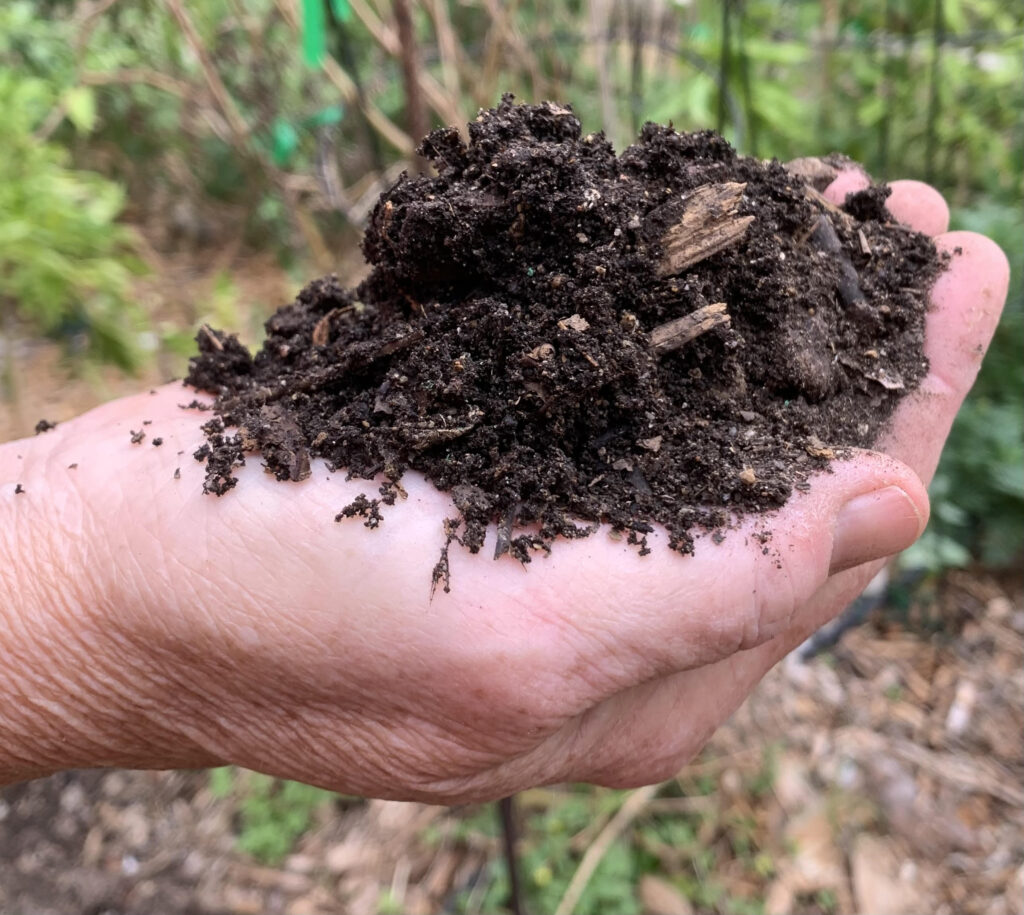
Even though there are 92 elements, when you fertilize your plants, the bag from your local nursery will emphasize only three elements: Nitrogen (N) , Phosphorus (P), and Potassium (K) which are normally referred to as N-P-K. These three elements are the most needed nutrients for happy plants. We will talk about those three elements in detail in the next post. For the time being, we will talk about general fertilizing principles.
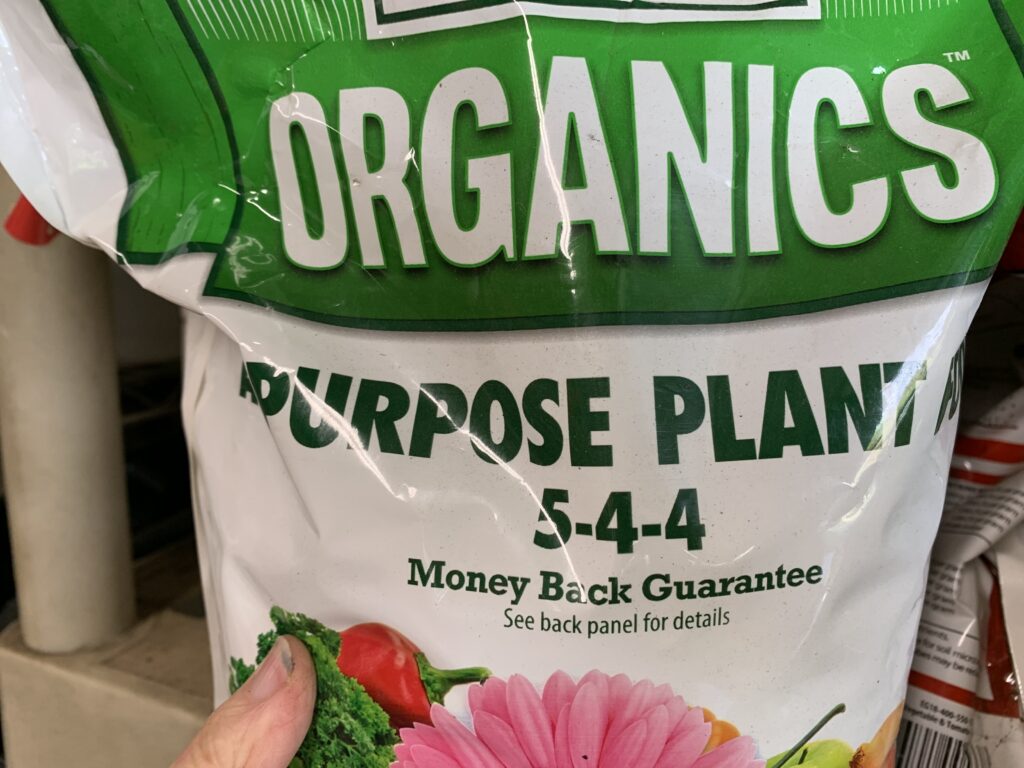
Four Important Things You Need to Know about Fertilizing
You’re probably beginning to think fertilizing is quite complicated, and you would be right! Adding stuff from a bag is one thing you can do, but it may not give you results you want. In addition to the N-P-K we mentioned above, there are a few considerations in making sure your plants get what they need.
In the next few paragraphs, we’ll talk about four important things to know when you fertilize your plants including the Law of Minimum, the effect of excess nutrients, the effect of heat and cold, and the effect of microbes.
The Law of Minimum
Justus von Liebig was a German agricultural scientist and chemist. He discovered the Law of the Minimum which states that “yield is proportional to the amount of the most limiting nutrient, whichever nutrient it may be.” By yield, he means how much of a crop can be produced. In other words, the plant can’t grow and create fruit without all the nutrients it needs. This means that you can have skads of one nutrient, but it won’t help the plant grow better if some other nutrient the plant needs is in short supply.

When your plants don’t have enough of one of the elements they need, let’s say magnesium, the plant’s growth will not improve no matter how much NPK fertilizer you put on it as long as it already has the NPK it needs. It’s as if your car has run out of gas, but it is full of oil. Adding more oil isn’t going to help you.
Excess Nutrients
If there is too much of a particular nutrient, it can be just as bad as if there is a shortage of a nutrient. Excesses of one element or another can combine with another element making it unavailable to the plants even though those elements are present in the soil.
As a result, it is best not to over-fertilize. We’ll talk about some of those situations in the next post.
Effect of Heat or Cold
The temperature of the air also makes a difference in the way that the plant can take up nutrients. As we were discussing, plant growth occurs as a result of a chemical reactions. Chemical reactions change based on the ambient temperature. Adding more fertilizer will not help when the temperature is too hot or too cold.
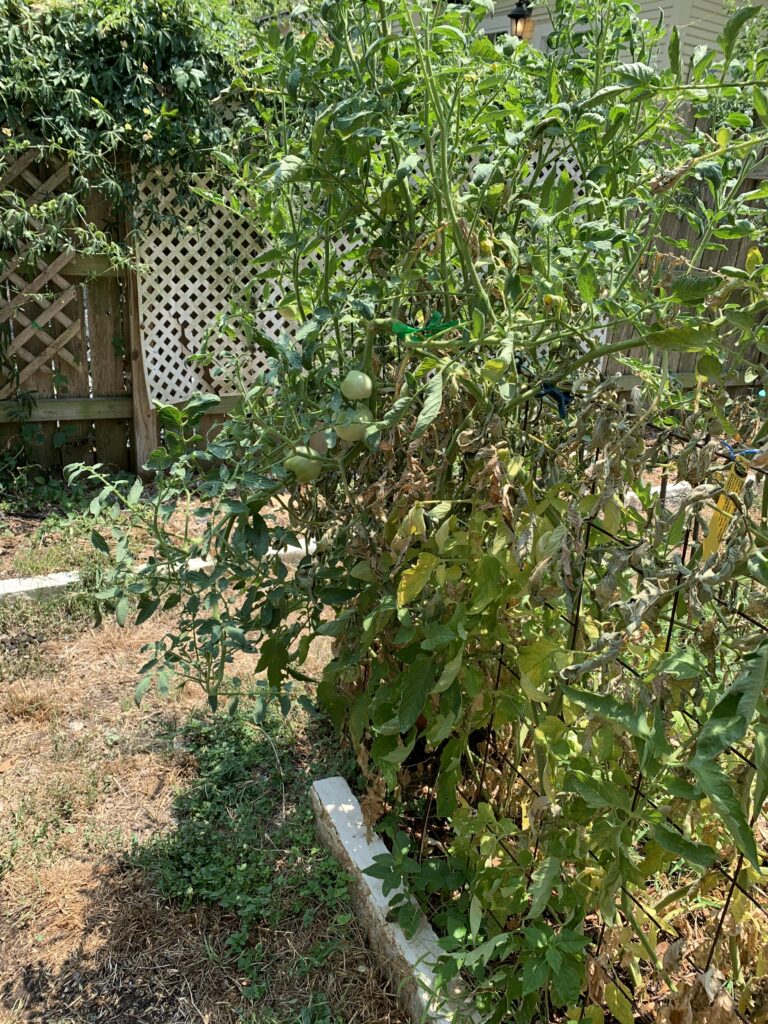
We understand this quite easily from situations in the kitchen. If you want to dissolve sugar into a liquid, it will be a lot easier if the liquid is hotter. A glass of iced tea full of ice cubes makes it harder for the sugar to dissolve. Although that is not technically a chemical reaction, it works in a similar way.
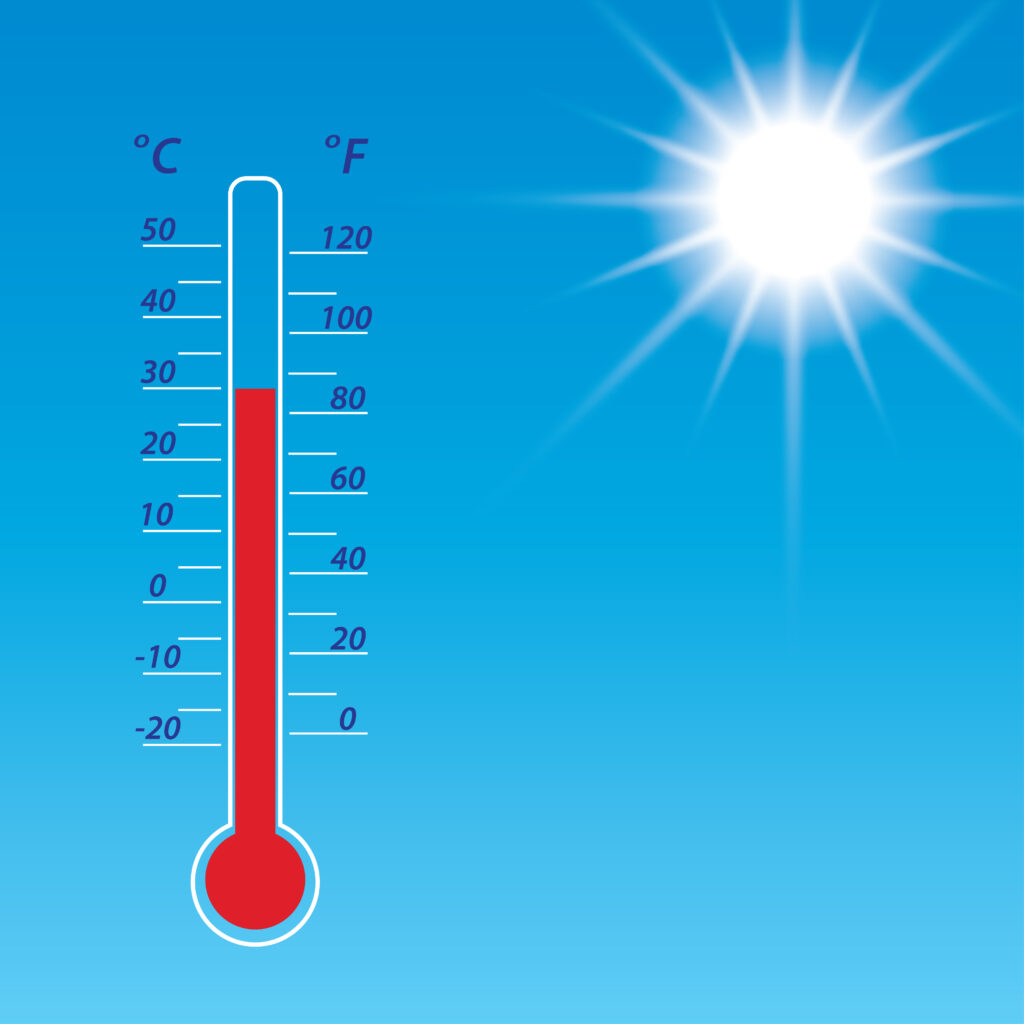
In our Texas gardens, we usually think of heat as being a limiting factor, and that is quite true. When the temperature soars, our poor darling plants may not be able to take out of the soil the nutrients needed for optimum growth. This is true of cold as well. When the temperature dips, it changes which chemical reactions can occur and how fast they can occur.
Effect of Microbes
While we have been discussing the elements required for growth of our plants, microbes in the soil can play a big role in the uptake of the various nutrients. For example, Rhizobium is a bacterium that takes nitrogen out of the air and converts it to the type of nitrogen that plants can use. These hardworking little bacteria fertilize plants for us. Because of this, we need to make sure we keep working hard to create an environment that supports the microbes. One of the worst things you can do for the health of microbes is to add too much fertilizer.
In the very interesting article Making the Most of Microbes, authors Mike Amaranthus, Larry Simpson and Jeff Lowenfels say “According to biologists, a single tablespoon of healthy farm soil may contain up to a billion assorted microbes, a mile or more of fungal filaments plus scores of various macrofauna creatures such as nematodes and arthropods.”

These microbes carry out work needed for healthy plant growth, including making minerals available for plants to use, such as taking nitrogen out of the air or water out of the soil.
Mycorrhizal fungi take insoluble elements and convert them to soluble elements so that plants can use them.
Not only do microbes help feed the plants, the plants help feed the microbes. The majority of plants almost half of their energy to feed the soil microbes.
Balance is Key
Balance is key. Adding too much of an N-P-K fertilizer, for all the reasons we’ve discussed, may not give you optimum plant growth. We must strive to have a balance of the nutrients our plants need. Do a soil test to determine which of the major nutrients are lacking in your soil, and try to use organic nutrients to supply those needs. Fertilizer must be applied in just the right kind in just the right amount. We’ll talk about this in a later post.
Compost is the best kind of fertilizer because it is naturally balanced, has a wide variety of elements available, and is chock full of microbes. If you can’t get compost, organic fertilizers are second best.
In our next post we will discuss the basics of fertilizers and what each nutrient has to offer your plants.
